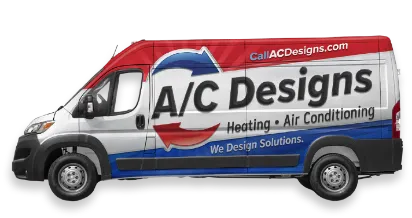Inaccurate Temperatures in the Home? It May Be the Ducts!
December 7th, 2015The temperature in your home struggles to reach the temperature you have set on your thermostat, and some rooms may feel a lot colder or warmer than others. For many people, the first assumption is that there is a problem with the air conditioning or heating system—which has mechanical, electrical, and/or gas components and is likely to suffer some damage over time.

